A (Black) Gat in the Hand: Paul Bishop on Lance Spearman – The Black James Bond
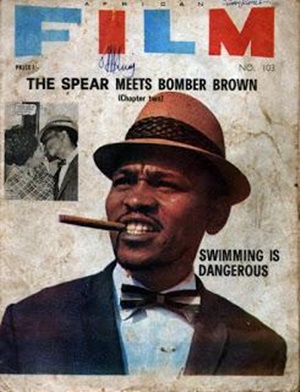 “You’re the second guy I’ve met within hours who seems to think a gat in the hand means a world by the tail.” – Phillip Marlowe in Raymond Chandler’s The Big Sleep
“You’re the second guy I’ve met within hours who seems to think a gat in the hand means a world by the tail.” – Phillip Marlowe in Raymond Chandler’s The Big Sleep
(Gat — Prohibition Era term for a gun. Shortened version of Gatling Gun)
Paul Bishop wrote the very first entry for our Discovering Robert E. Howard series (covering REH’s fight stories). I knew he’d come up with another great piece for the return of A (Black) Gat in the Hand – and boy, did he! I had never even heard of the Lance Spearman books, but what a cool story! Pulp magazines fell by the way-side for pocket paperbacks and comic books. Topics related to the latter two groups will be sprinkled in to this series. And today, Paul is going to tell us about a third entry: the popular ‘Look Books’ Read on!
‘Lance Spearman, has a charming way with girls and a deadly way with thugs’
Look-books—a term coined for magazines featuring a mash up of action photographs accompanied by comic strip style captions (also known as photo books)—are relatively unknown in America. However, in many other parts of the world, this comic book hybrid of captioned action photographs had a rabid following from the ‘60s to the late ‘80s. In Africa, look-books served as surrogates for films—as a means to tell film-like stories— at a time when commercial African cinema was not yet invented.
African Film Magazine (AFM) was the most popular of the African look-books. Alternately called Spear Magazine, every bi-weekly issue had eager fans clamoring for it at their local newsstand. Created by James Richard Abe Bailey, the character of Lance Spearman shattered racist stereotypes of the uncivilized, uneducated, spear-carrying Africans as portrayed in most Western comic books of the era. Each issue of AFM contained thirty-one pages of action filled black and white captioned photographs edited in urbane cinematic style.
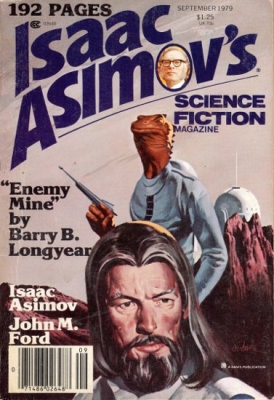
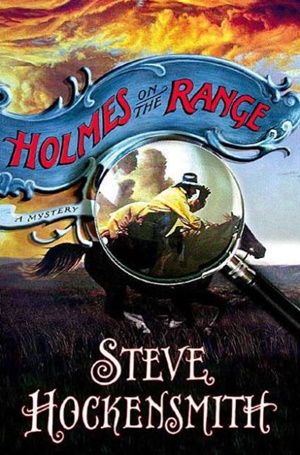
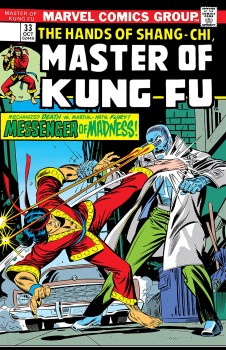
![1962-01-31 [Pittsfield MA] Berkshire Eagle 1 pedipulator headline](https://www.blackgate.com/wp-content/uploads/2019/08/1962-01-31-Pittsfield-MA-Berkshire-Eagle-1-pedipulator-headline.jpg)
![1962-07-24 Allentown [PA] Morning Call 21 pedipulator illus cropped - Copy](https://www.blackgate.com/wp-content/uploads/2019/08/1962-07-24-Allentown-PA-Morning-Call-21-pedipulator-illus-cropped-Copy.jpg)
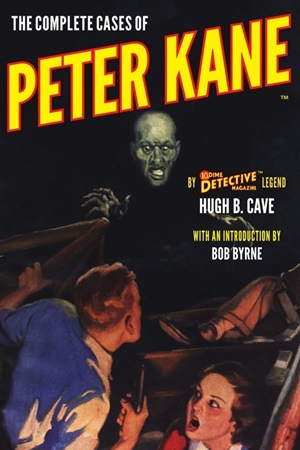

 July 17 for me was a day of rest and running errands; then for my first film at Fantasia on July 18 I went to the De Sève Theatre to watch Maggie (메기). Directed by Yi Ok-seop from a film she wrote with star Koo Kyo-hwan, it’s the story of Yeo Yoon-young (Lee Ju-young), and her boyfriend Sung-won (Koo). Yoon-young’s a nurse at Love of Maria Hospital in Seoul. One day, an X-ray surfaces showing a man and a woman having sex in the X-ray room. The next day almost nobody comes in to work; the X-ray room’s a popular site for assignations, and everyone thinks they’re one of the figures in the X-ray. Yoon-young’s the only one who dares show her face, along with Doctor Lee (Moon So-ri). They end up forming an unlikely partnership as Maggie helps Lee learn to trust other people. Meanwhile, Sung-won finds work filling in sinkholes opening up in Korea, following an earthquake predicted by a catfish named Maggie — who also turns out to play an important role within the film.
July 17 for me was a day of rest and running errands; then for my first film at Fantasia on July 18 I went to the De Sève Theatre to watch Maggie (메기). Directed by Yi Ok-seop from a film she wrote with star Koo Kyo-hwan, it’s the story of Yeo Yoon-young (Lee Ju-young), and her boyfriend Sung-won (Koo). Yoon-young’s a nurse at Love of Maria Hospital in Seoul. One day, an X-ray surfaces showing a man and a woman having sex in the X-ray room. The next day almost nobody comes in to work; the X-ray room’s a popular site for assignations, and everyone thinks they’re one of the figures in the X-ray. Yoon-young’s the only one who dares show her face, along with Doctor Lee (Moon So-ri). They end up forming an unlikely partnership as Maggie helps Lee learn to trust other people. Meanwhile, Sung-won finds work filling in sinkholes opening up in Korea, following an earthquake predicted by a catfish named Maggie — who also turns out to play an important role within the film.